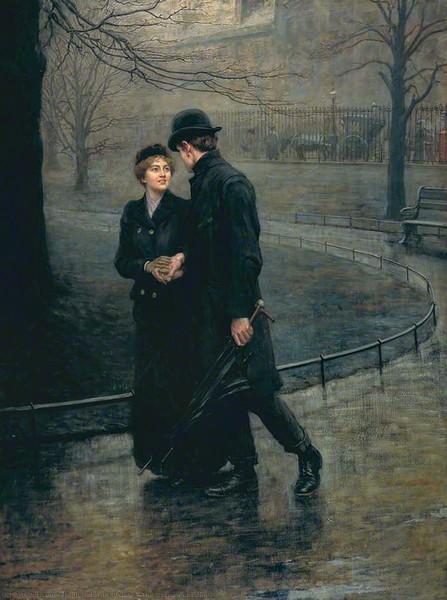
Alexander von Zemlinsky scholars have spent many years trying to establish his catalogue because he was a man of much composing and little publishing, and not very straightened with his works. At first, he only numbered those he published, and later, those he intended. Considering that his work was forgotten after his death in 1942, like that of so many of his contemporaries, we have all the ingredients to turn the catalogue into a puzzle. To give us an idea, look at the songs: the composer published about fifty; in the late 1970s, twenty more were recovered, and in the late 1990s, another forty.
The opus 6 accompanying the song we will listen to this week, composed in 1898, tells us about a young composer. He was young, Zemlinsky was 27 years old; it wasn't, however, an early work (we find it on page 11 out of 31 of the catalogue) or the work of an unknown author. Zemlinsky was noted as a brilliant student at the Vienna Conservatory, and at the age of twenty-one he premiered his first symphony, which impressed Brahms. He was so impressed that he became one of his mentors. He persevered until he successfully persuaded Simrock to publish his Trio for clarinet, cello, and piano, Op. 3. In the same year, in 1897, the year of Brahms' death, Zemlinsky had premiered and published the opera Sarema, and the Symphony in B flat major had been awarded the Beethoven Prize, the first after the recasting that Brahms had promoted. As we can see, young Alexander had a solid career.
For his first cycle, that is, the first collection of songs with musical and poetic unity, he chose as a literary source a work by Ferdinand Gregorovius, a gentleman who deserves a few lines.
After studying Theology, obtaining a doctorate in Philosophy, teaching, and publishing several literary works, his interest in the history of the Roman Empire led Ferdinand Gregorovius to leave Germany for Rome. This was in 1852, when he was thirty-one, and three years later he would publish the first volume of Die Geschichte der Stadt Roms im Mittelalter [History of fhe City of Rome in the Middle Ages], a work he completed in 1871, when he published the eighth volume. During his early years in Italy, Gregorovius travelled extensively, and published in various magazines articles to share his impressions. When he was already finishing his work on Rome in 1870, he reordered all these writings and began to publish them under the title Wanderjahre in Italien [Wandering years in Italy]; the fifth and final volume came out in 1877, two years after he returned to Germany. To Munich, in fact; this way he was close to Italy; every year, when the cold came, he went to Rome to spend the winter.
His work on Rome became a reference for scholars, but it was the Wanderjahre in Italy that brought him to a wider audience. Zemlinsky, the son of a writer who had instilled him a love for poetry, discovered in the first volume a small collection of Tuscan traditional songs that Gregoriovus had translated and collected under the title Toscanischen Melodien, and composed six Lieder.
If we talk about Lieder composed from anonymous Tuscan texts translated into German, we immediately think of Hugo Wolf's Italienisches Liederbuch. Did Zemlinsky know about this? Probably, yes. The first part had been published in 1892 and the second part, in 1896; Zemlinsky's manuscripts contained a transposition of one of the songs from the first part that scholars place in the early years. As I told you, he likely knew Wolf's work, and I like it. I would even be happy if it had inspired him, which, let's be clear, is just an idea. Because...
So far I have avoided telling you the name of the Opus 6: Walzer Gesänge nach toskanischen Volkslieder von Ferdinand Gregorovius; and I have reserved it because this “Walzer Gesänge” makes us think of Brahms’ Liebeslieder Walzer, and here we have a clear inspiration and reference: Zemlinsky admired Brahms. So we have a work that would bring together two composers who had relationships that we would describe as tense. And since I love them both very much, as you know, I find it beautiful (it's probably just nonsense).
What is truly beautiful is the Zemlinsky's cycle, six sophisticated and charming waltzes, a small sample of the composer's ability to write for the voices, which was great. I still miss the double programme Eine florentinische Tragödie/Der Zwerg, which disappeared abruptly from the Gran Teatre del Liceu in Barcelona programming over ten years ago. There is no news about it. But, well, let's return to the songs. We were fortunate enough to hear the Walzer Gesänge last season in Barcelona, performed by Erika Baikoff and Soohong Park. This week I propose to listen to No. 5, Blaues Sternlein, in which lovers ask the stars, witnesses of their love, to be discreet. Our performers will be Barbara Bonney and Cord Garben; I hope you enjoy this delicious miniature, and that you feel like listening to the entire cycle. It is a perfect break between tasks, since it only lasts ten minutes.
Blaues Sternlein, du sollst schweigen,
Das Geheimnis gib nicht kund,
Sollst nicht allen Leuten zeigen
Unsern stillen Herzensbund.
Mögen and're stehn in Schmerzen,
Jeder sage, was er will;
Sind zufrieden unsre Herzen,
Sind wir beide gerne still.
Blue little star, be silent -
do not reveal the secret.
Do not show everyone
the silent bond between our hearts.
Others may stand their sorrows -
let them say what they will;
Our hearts are satisfied,
and we happily keep silent.
(translation by Emily Ezust)


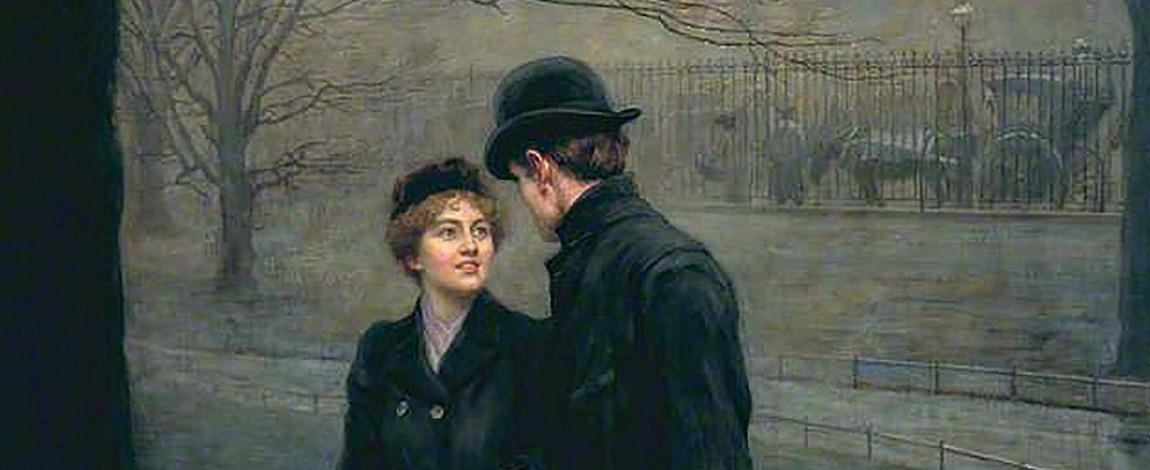

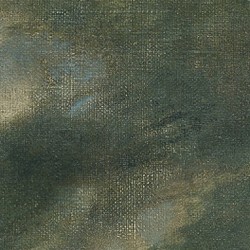
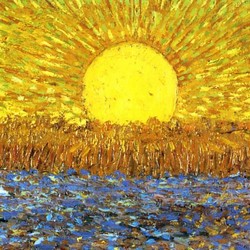
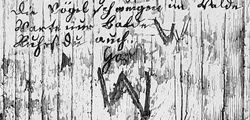

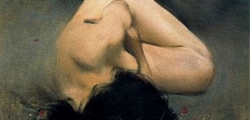


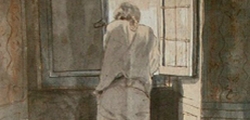





Comments powered by CComment